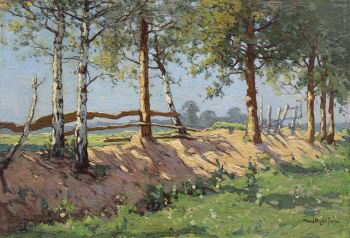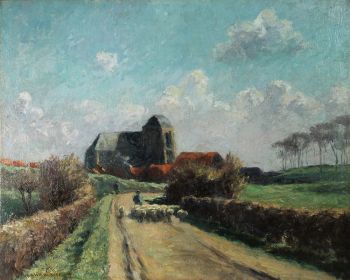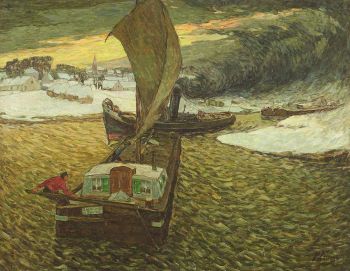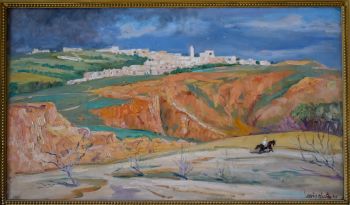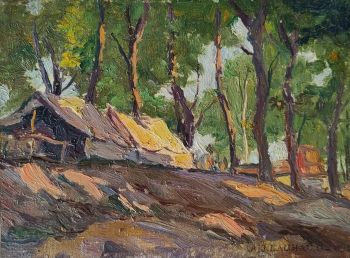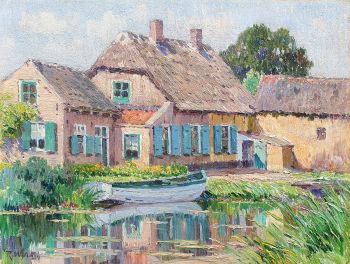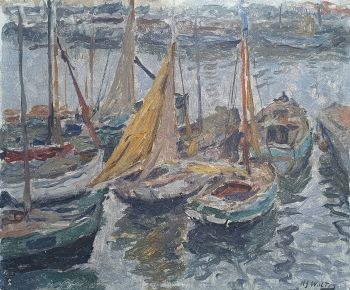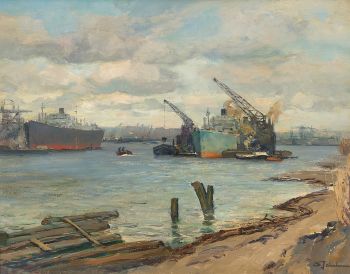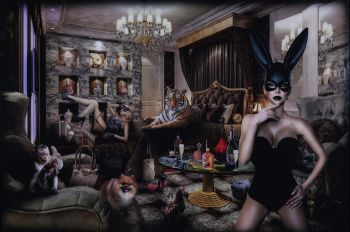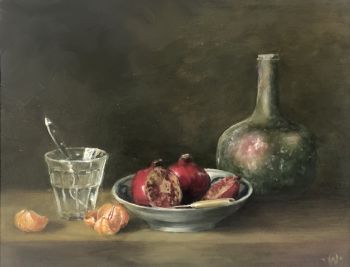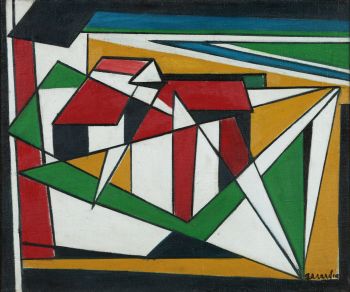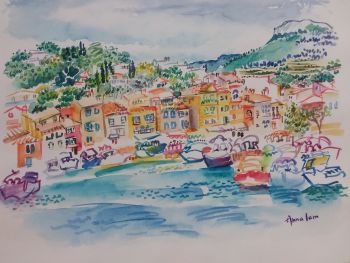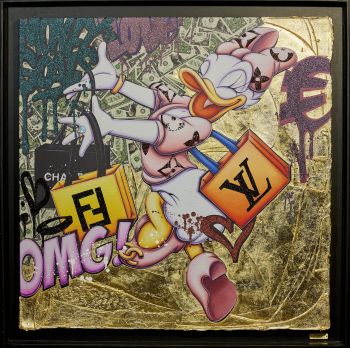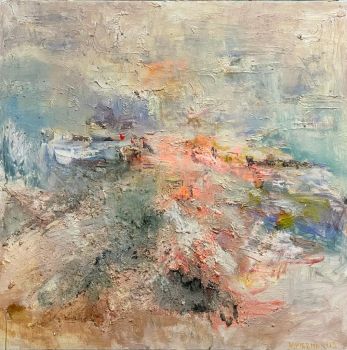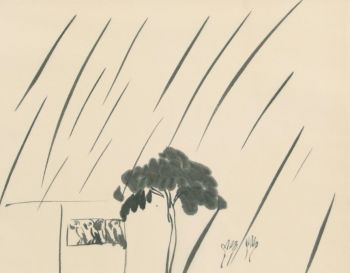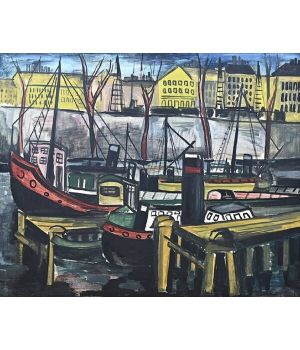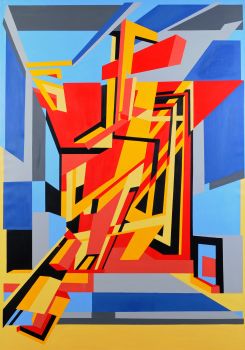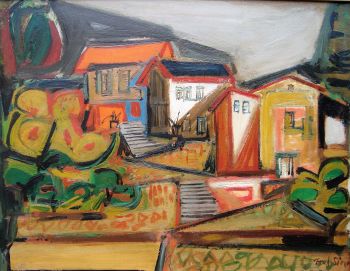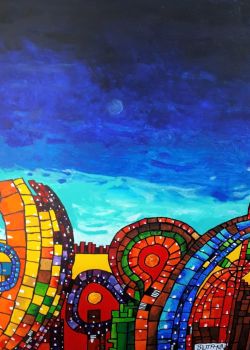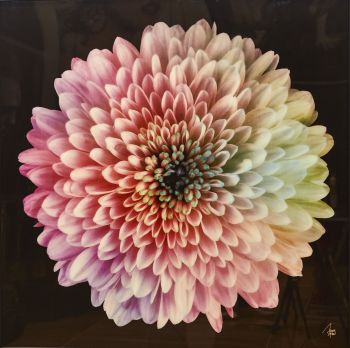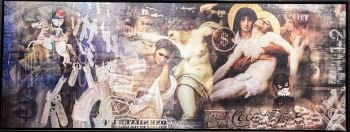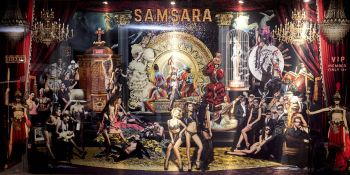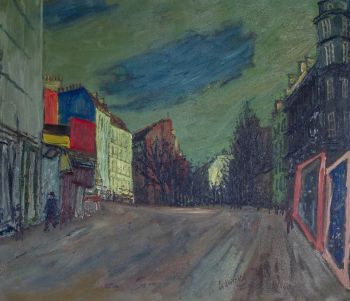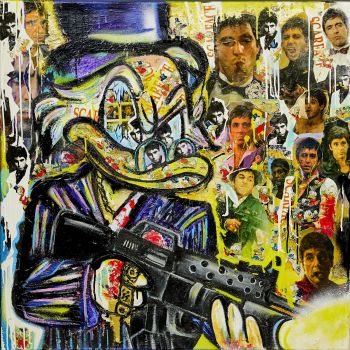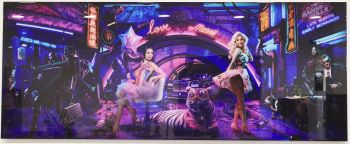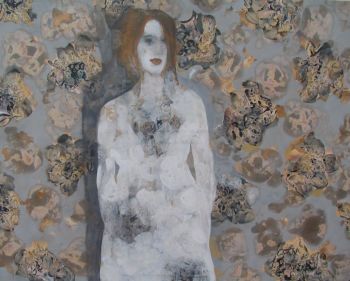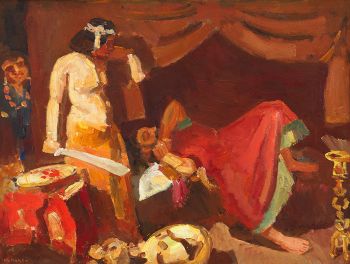About the artist
Johannes Petrus Paulus 'Paul' Bodifée (June 29, 1866 – January 23, 1938) was a leading Dutch painter and graphic artist, known for his landscapes and cityscapes in Overijssel, painted in a style closely related to the Hague School.
Born in Deventer as the seventh of eight children of bailiff Matthias Joseph Bodifée and Elizabeth Hendriks, after high school he trained as a drawing teacher and later took painting lessons at the Rijksakademie van Beeldende Kunsten. He opened a studio in Nieuwer-Amstel and was an active member of artists' associations such as Arti et Amicitiae and Pulchri.
Bodifée lived in Ravenstein from 1889 to 1893 as a drawing teacher, then moved to Deventer, where he taught at the HBS. His marriage in 1896 to Rosa Elisa Leeuw, daughter of Henri Leeuw Sr., resulted in four children and influenced his artistic development. His early works include studies of seventeenth-century Dutch masters and figure paintings and portraits.
Later he concentrated on painting nature scenes, often 'en plein air', and explored the landscapes of Overijssel, especially Salland and cityscapes such as Deventer, Zutphen and Nijmegen. He also designed sets for stage performances and did graphic work, including a watercolor for the 'National Tribute' in honor of Queen Wilhelmina's jubilee.
Bodifée's style was characterized by a free-impressionist approach with a preference for green-gray and blue tones. He died in 1938, shortly after his wife. His work can be seen in Museum De Waag in Deventer and his archive is housed in the City Archives and Athenaeum Library in Deventer.

